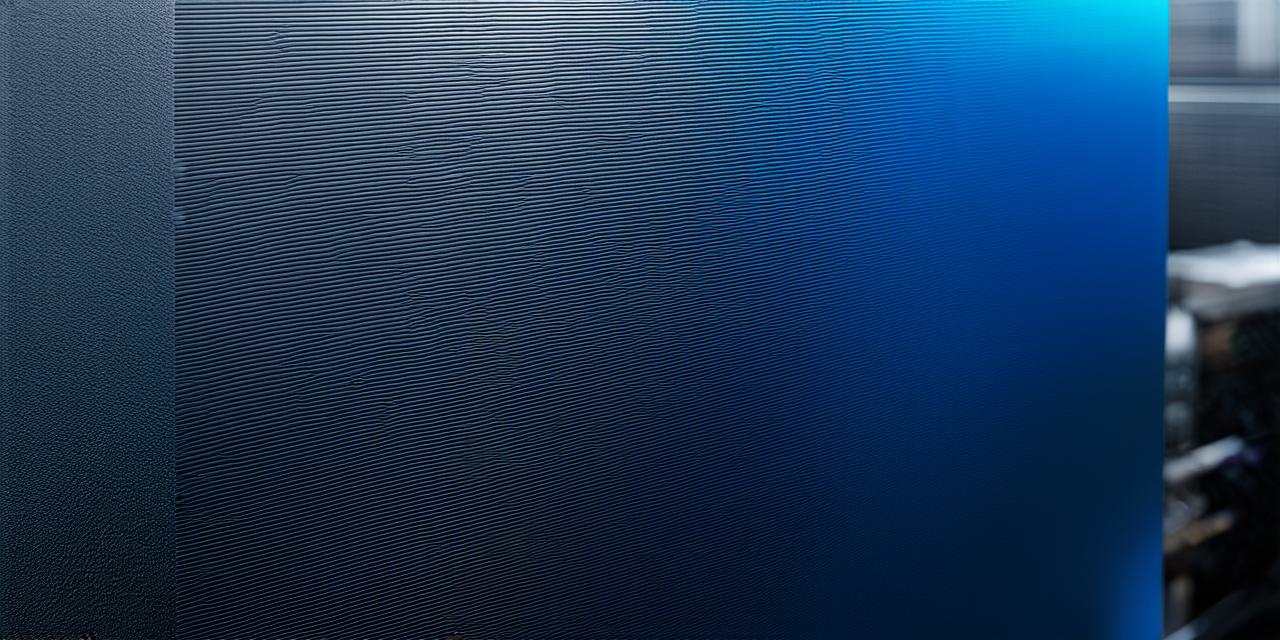In the digital age, where every business needs an online presence, web designers have become the architects of the internet. But what exactly does a web designer do, and why are they indispensable in today’s world?
A web designer is a creative professional who designs, creates, and maintains websites. They are the artists who paint with code, blending aesthetics, functionality, and user experience to craft digital spaces that captivate and engage.

The Art of Designing
Web designers start by understanding the client’s needs and goals. This involves researching the industry, competitors, and target audience. Next, they sketch ideas, experiment with color schemes, typography, and layouts to create a visual concept that aligns with the brand identity.
Case in point: Consider Apple’s sleek, minimalist design. It’s not just aesthetically pleasing; it’s intuitive, easy to navigate, and instantly recognizable as an Apple product. This is the power of good web design.
The Science of Coding
Once the design is finalized, web designers move to the coding phase. They use HTML, CSS, JavaScript, and other programming languages to bring their designs to life on the web. This requires a blend of creativity and technical skills, as they must ensure their creations are not just beautiful but also functional and optimized for various devices.
## The Balancing Act
Web designers walk a fine line between aesthetics and usability. They must create visually appealing designs that also provide an intuitive user experience. This involves understanding human psychology, user behavior, and accessibility standards to ensure their websites are easy to navigate for all users.
The Ongoing Process
Web design is not a one-time task but an ongoing process. After launching a website, web designers monitor its performance, gather feedback, and make necessary adjustments to improve its effectiveness. This iterative process ensures that the website remains relevant and engaging over time.
In conclusion, web designers are the unsung heroes of the digital world. They blend creativity with technical skills, psychology with design, and art with science to create digital spaces that not only look good but also work well. As businesses continue to rely on the internet for their presence, the demand for skilled web designers will only grow. So, if you’re looking for a career that combines creativity, technology, and problem-solving, consider becoming a web designer.
FAQs
1. What skills does a web designer need?
- Creativity, technical skills (HTML, CSS, JavaScript), understanding of user experience, and knowledge of accessibility standards.
2. How long does it take to become a web designer?
- It can take anywhere from a few months to several years, depending on the level of expertise and specialization desired.
3. Can I learn web design online?
- Yes, there are numerous online resources and courses available for learning web design.


